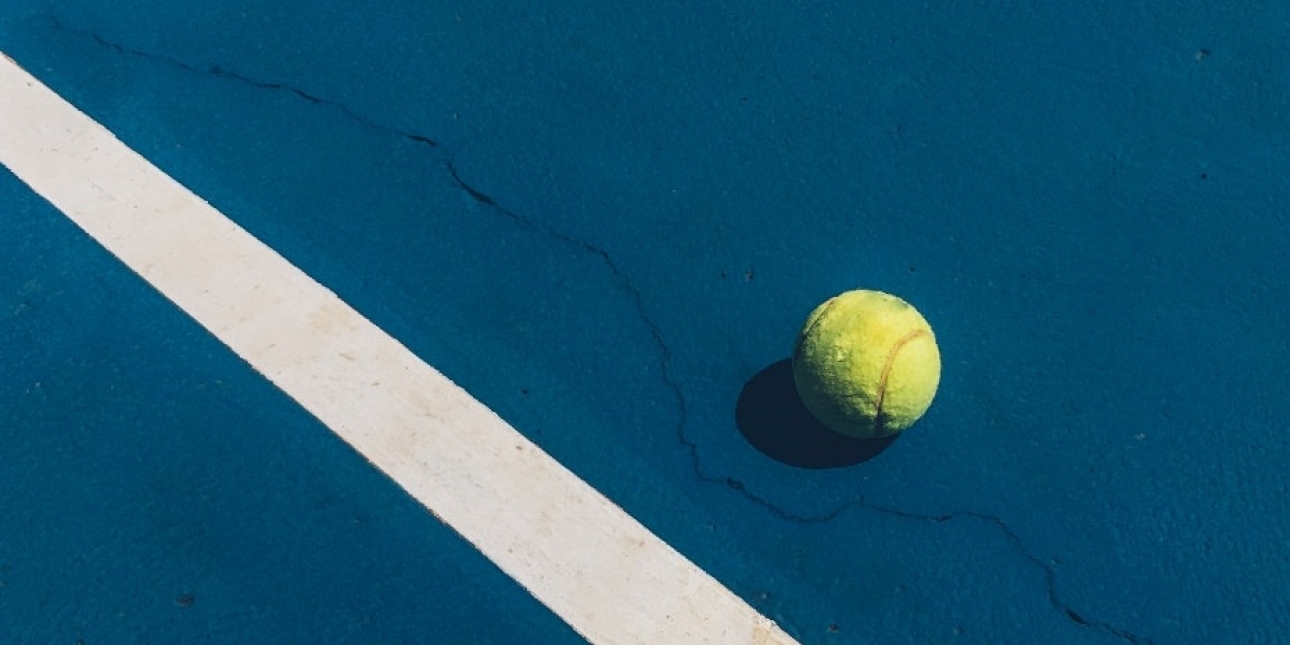PUBLIC RELATIONS
Tuesday 1st June 2021
Game, set and match
It has been much debated and discussed but with no universal agreement. The situation with Naomi Osaka, who has withdrawn from the French Open, raises many issues.
In a statement she talks about suffering with depression and anxiety, and that she decided to avoid the press conferences for self-care reasons.
So, should she have to face the media?
PR and communication professionals work with this problem on a daily basis. Does the Chief Executive need to do an interview? What are the positives of the opportunity? Could things go wrong? In most situations there are options. You can put the right person up to do the interview, or you can find alternatives to a media interview even if that is providing a written statement. Things become more challenging when you are dealing with a crisis. In those situations people expect to see and hear from the people in charge of the response.
There is no doubt that facing the media when you are stressed, anxious or depressed is a daunting thing. Even when you are feeling on top of things doing media interviews is pressured. For many years I saw the good and bad from media approaching victims and their families for interviews. Where necessary there was an effort to protect them from this additional pressure. So perhaps sportspeople need to be afforded the same support when they are struggling?
What is essential for celebrities, sportspeople and those in charge of organisations and businesses is good old-fashioned media training. If you introduce young sportspeople to training in how to deal with the media they can start to develop the required skills. Two decades ago media training was a staple for all organisations. Back in the late 1990s every senior manager, and many junior ones, was expected to undertake media training. They would probably have undertaken a number of media training sessions before they were ever faced with the pressure of running a business. In the past 10 years this has disappeared which I believe is partly due to financial pressures and partly to an over-emphasis on the role of social media.
I would ask all PR teams to consider how they would manage arranging media interviews during a crisis. Are there people you can call on in the midst of an emergency? Will they be able to deal with the pressure and face the media’s quesstions? If you are working with key individuals are they ready to appear in front of the cameras? Organisations that expect people to stand and answer media questions need to exercise a duty of care to them by providing adequate training.
I wish Naomi Osaka well and hope that she finds a positive way through the challenges that she is facing.
The situation though says less about her and more about the way the media operate and how communicators prepare and support people who have to stand in front of the cameras.
